There they were, at the heart of the village: blackened slabs of stone, pocked and marked and furred with moss. Atop one stood a little boy, eyeing me shyly. On others were goats, dogs and roosters, fussing and jockeying for position. Beneath the noise and all the little legs, the stacked stones were mute and lifeless. Or so it seemed to me.
You see these stone tombs all over Sumba. Although they’re silent, they do tell tales of this enigmatic outpost in Indonesia’s East Nusa Tenggara province. The mystical and the mysterious swirl around this island, once prized for its fragrant sandalwood. Historically, it was visited by traders and, much later, bold adventurers, but has otherwise been left to its own devices.
It shows. The beating heart of Sumbanese culture is Marapu, a secretive religion that dates from the Bronze Age and goes heavy on the shamanic ceremonies and sacrificial rites. Its adherents are animists, believing the spirits of their ancestors live among them – in their homes, in the trees, and in these megalithic tombs. To them, the stones aren’t dead at all.
Gazing at these 20-ton slabs, dragged into place by teams of men, I don’t feel morbid. I feel lucky, fortified, alive, because of something that’s hard to find these days: the sense that this is all so far from home. Even Bali feels worlds away, with its rush of scooters, fluorescent supermarkets and reliable power grid. I came to Sumba for something much more wild. That, and Cap Karoso.
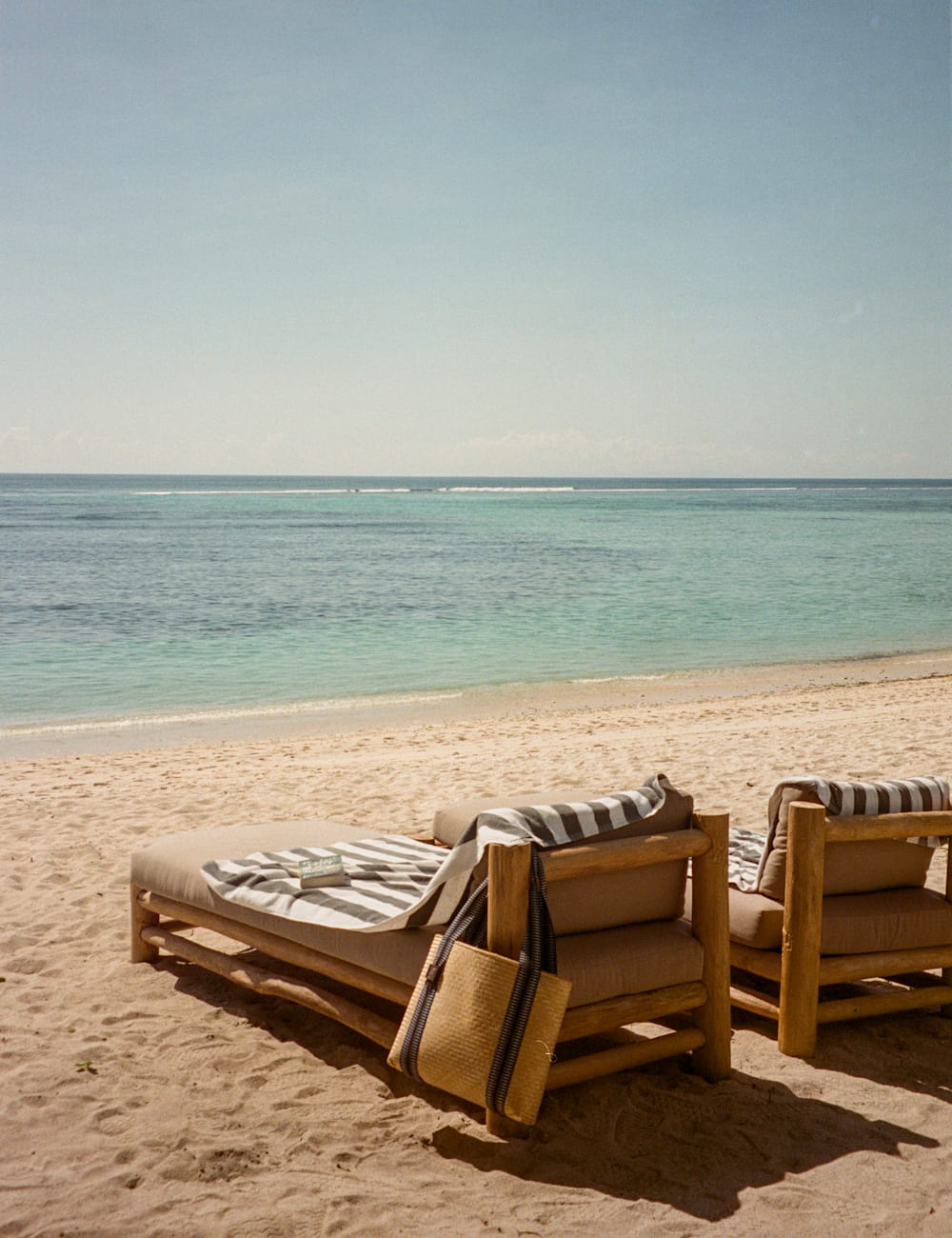
Cap Karoso is spread over a six-hectare parcel of beachfront in Kodi, on Sumba’s south-west coast. It’s a very tribal region that was virtually untouched by outsiders until the hotel was built. There wasn’t even a road leading to this strip of coastline.
Before they lavished hospitality on their guests, owners Fabrice and Evguenia Ivara felt it was important to do the same for the locals. They arranged a blessing ceremony to which something like 600 villagers showed up. Shamans communed with their ancestors, warriors danced, and water buffalo were slaughtered as a blood sacrifice. Not your everyday inauguration party…
I arrive just before dusk, under a pink sky. The mood is far less riotous. It’s late March, a few days before the hotel’s official opening, so the whole place is taking in breath. From the entrance you get a view over the entire site, sloping gently down to a pristine beach punctuated with Indian almond trees.
Silhouetted against the sky are several uma mbatangu, traditional Sumbanese houses with towering conical roofs of thatched alang-alang. These aren’t homes but the hotel’s spa, where you can commune with Marapu culture through its more tactile traditions, including heady shamanic rituals.
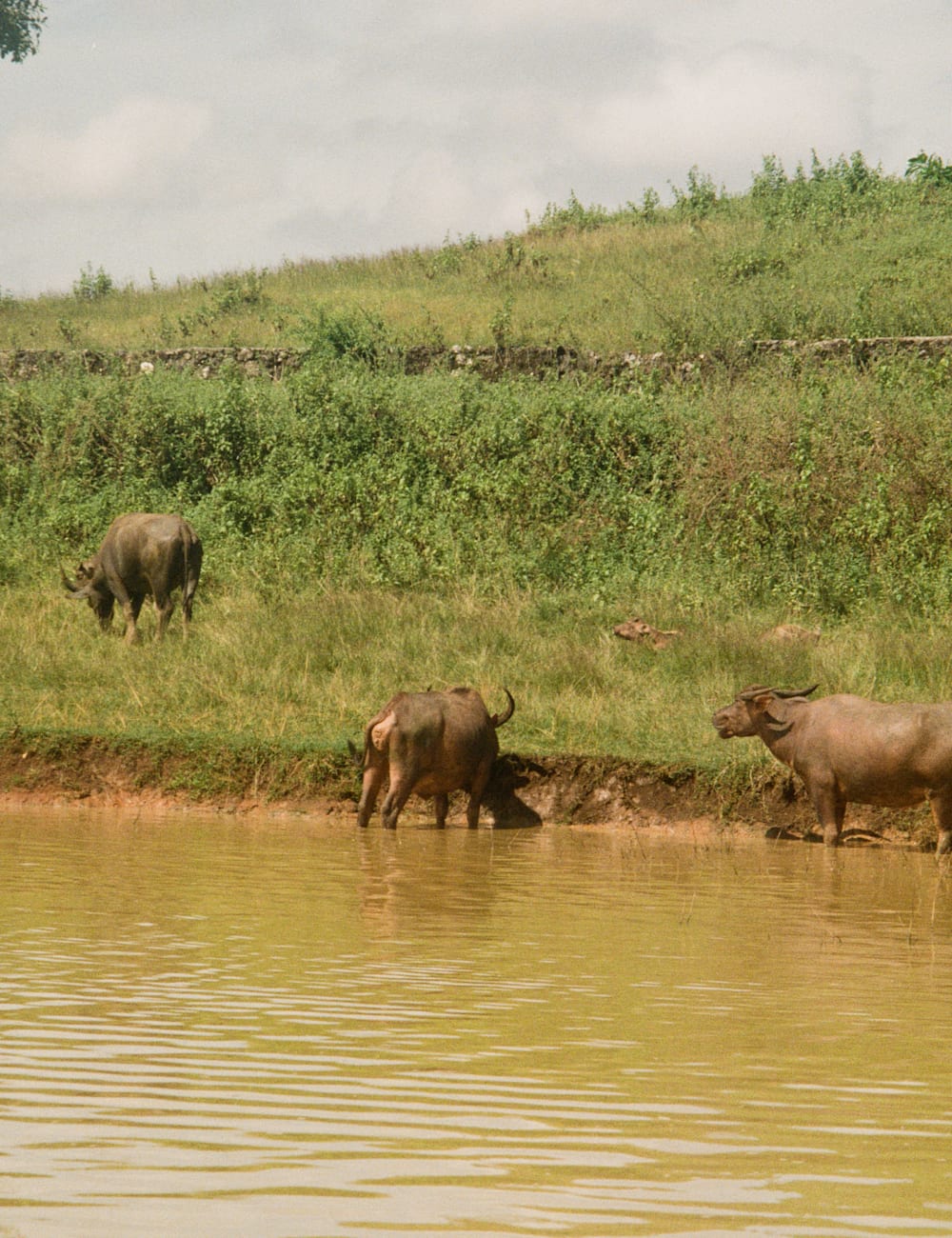
Cap Karoso is no twee model village, however. Beyond the spa, you’re propelled into a vision of modernity à la Richard Neutra. This is the work of acclaimed Bali-based architect Gary Fell, whose sweep of geometric buildings are encased in concrete and glass, with teak timber panelling and gleaming windows facing Karoso lagoon.
My favourite flourish is the toupé of greenery spread over the flat rooftops, as if to give nature the final say. Oh, and the pool, straight out of a Slim Aarons photobook, flanked by a Basque tapas bar and rattan-framed daybeds.
Now, you could say this is everything that Sumba is not. But in my sand-skirting suite, Sumbanese craftsmanship is everywhere, worked into the interiors by Jakarta-based Bitte Design Studio.
Carved symbols in the dark-wood headboard pay tribute to ikat, perhaps the island’s most highly-prized craft. There are hand-carved figurines bought from villagers, chairs with backrests made from woven fishing nets, ceramics inspired by the megaliths, and a smattering of obscure Sumbanese objets.
The other influence here is French, a tip of the hat to Fabrice and Evguenia’s heritage. At times it’s obvious; take the name, Cap Karoso. Elsewhere it’s subtle, such as the walls in my enormous open-air bathroom, built with stacked stone like you’d see in Provence.
Then there’s the epicurean element brought by Antoine le Vacon, fellow Frenchman and the hotel’s executive chef. He heads up the beach club, where I savour smoked gazpacho, salt-crusted fish with beurre blanc, seared striploin steaks, sticky banana tart tatin.
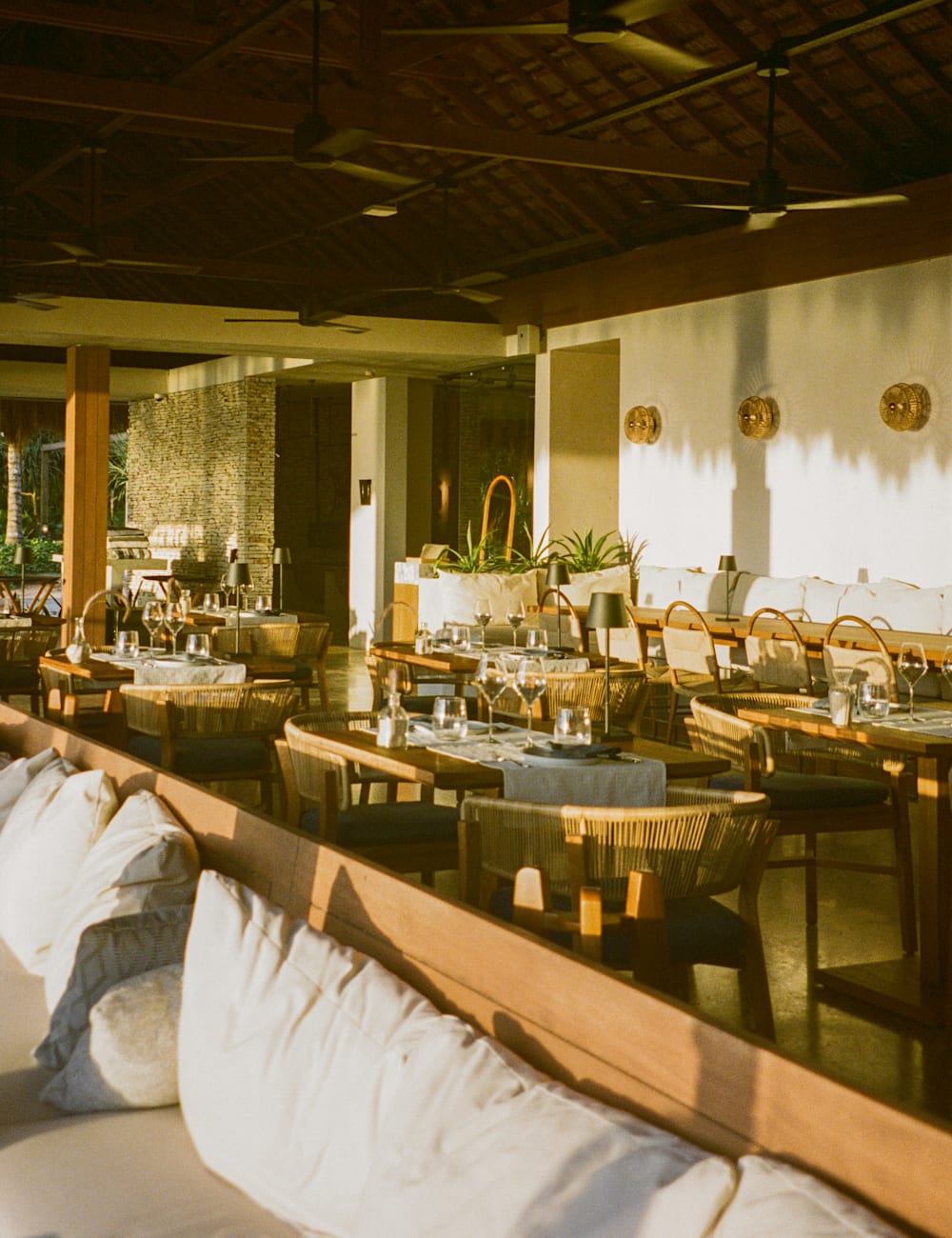
The second restaurant, Julang, was still receiving its final touches. The stove has since been fired up, presided over by heavy-hitting chefs from all over the world who stay for residencies of about a month. It’s a communal setup, with a single cantilevered table that seats 20 diners a night. So far they’ve had Mehdi Kebboul, star of French cooking show Top Chef; Katsu Okiyama, of hit Parisian restaurant Abri; and Canadian Jordan Clay, co-owner of Melbourne favourite Pipi’s Kiosk.
All this begs a question: where does the food come from? This is, after all, a remote region of a far-flung island, and importing to Indonesia costs an arm and a leg. Naturally, they grow their own.
Next door is another large plot, entirely taken up by Cap Karoso’s farm. Not only does it provide organic produce, it moonlights as a farming school for locals who want to learn landscaping, propagation and other agricultural skills. Anyone can enrol. This is no pet project: malnutrition is common on Sumba, making the school a potential lifeline.
The hotel has also partnered with the Sumba Hospitality Foundation, ensuring they train, hire and support as many local staff as they can, often from underprivileged backgrounds. Everyone I meet is utterly charming. The excitement about the imminent opening is palpable.
This sense of community comes through at a more ad-hoc level, too. That evening, from my perch at the beach club, I watch fishermen come in to land, hopping deftly from their tiny outrigger canoes onto the sand. How do they fit into all this?
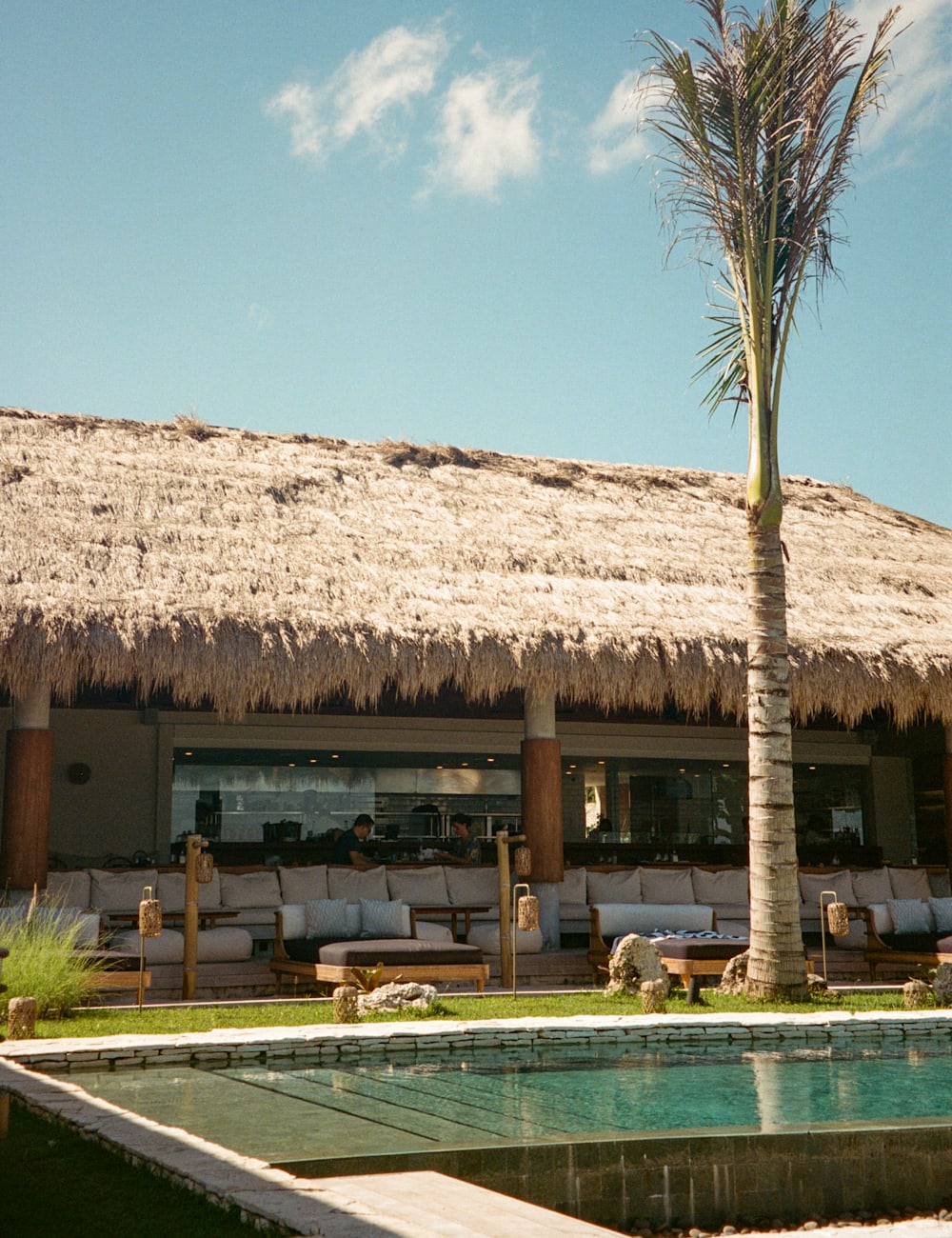
At dinner, I put the question to Cap Karoso’s other power couple, general manager Marc Leblanc and experience manager Laura Robinson, who met running another hotel. ‘We’re happy to have them here’, says Marc.
‘We’re always trying to stimulate and support the local economy. Cultivating these relationships is really important to us, and besides, we want what they’re selling. I like the idea of guests getting that little bit of theatre, watching the boats come in’.
This circular economy seems to be flourishing. ‘When we were getting ready to open’, adds Laura, ‘word went round the villages. Suddenly we had people turning up with all sorts: cassava, buckets of foraged avocados, tamarind fruit, coconuts, cashews…we even had guys showing up on motorbikes with an octopus draped over the handlebars!’.
I’ll say this: Cap Karoso is in steady hands. They’ve done it all before, Marc and Laura, at another island hotel. They have the tales to prove it. And they have something else, the secret ingredient for getting by in a place as wild as this: a sense of humour. Before we part ways for the night, Laura drops me a pearl of wisdom – ‘a smile goes a long way on Sumba.’
On my way to breakfast, two fishermen are passing on the sand. I sense they’re not quite sure what to make of me. I smile. They beam back. Each carries a single fish, long, thin and gleaming like a sabre. Sure enough, they turn inland and make for the back door of the beach club. It seems the trading floor is open. I know what I’ll be ordering for dinner.
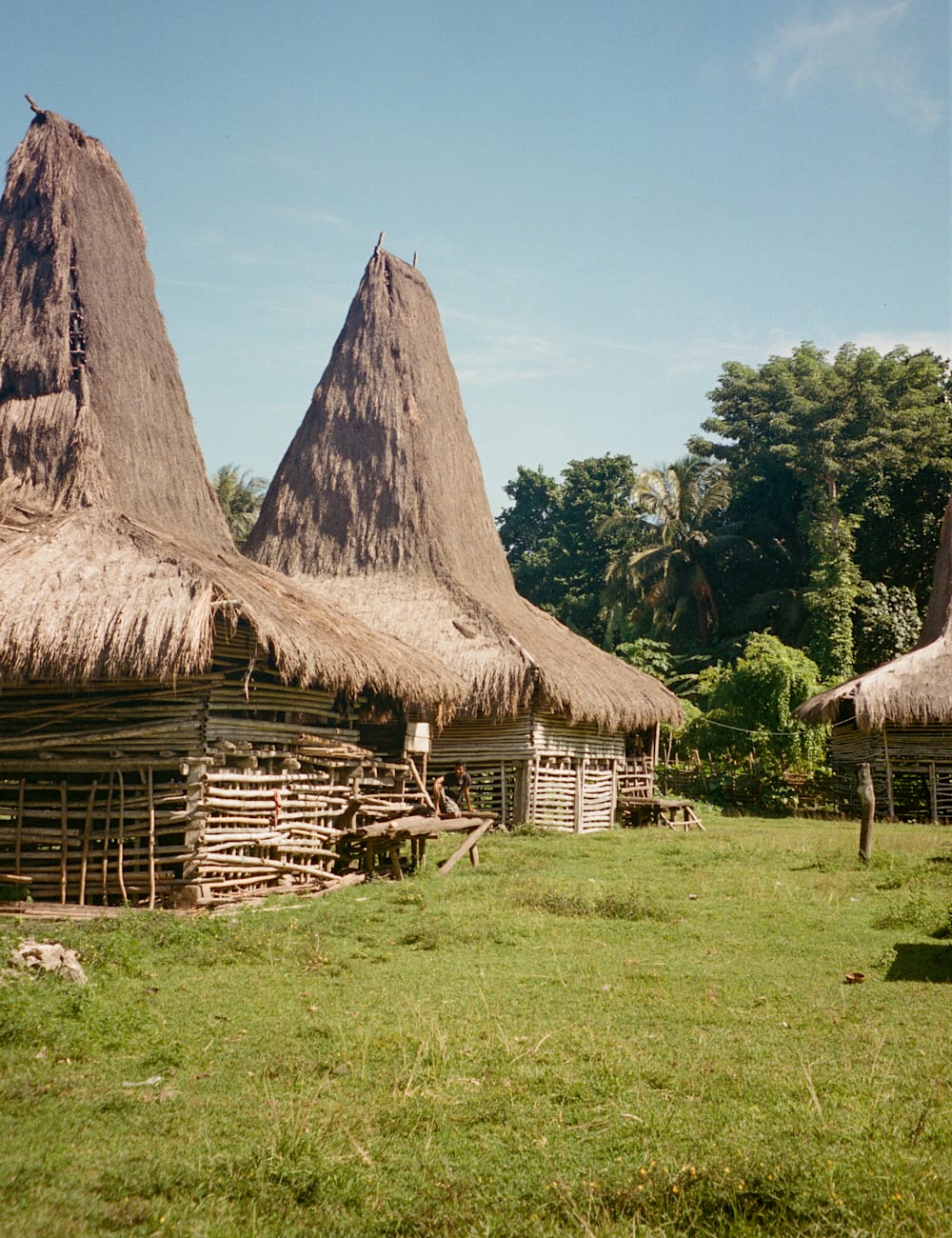
My only full day on Sumba is spent racing around Kodi on one of the hotel’s e-bikes. In Java and Bali, it’s the deep, tropical green of the palm that reigns supreme. To my eye, southwest Sumba looks more like parts of East Africa: scrubby, grassy, with low hills and thorny bushes hulking like shapeless beasts.
But it’s not all wild. Corn is king here; there’s mile after mile of maize, planted right up to the roadside. We pass farmers doubled up under lean-tos, pounding kernels to flour in the shade.
By mid-morning, I’m springing from a wooden platform into the water at Weekuri Lagoon, a natural saltwater pool as green and clear as a cut tourmaline. Locals applaud my legs-akimbo leaps with gusto – it’s far more than I deserve.
Because of their good standing with local shamans and elders, Cap Karoso offers guided visits to a traditional Sumbanese village. As we cycle in, I’m met by Thomas, one of the residents. Thomas was technically the hotel’s first employee, working as a driver for Fabrice and Evguenia after they fell for the island in 2017. It’s here, standing beside him, that I first see the megaliths up close.
Pretty much the whole village comes out to greet me. I’m invited in, or rather up, to one of the uma houses, standing several feet off the ground. It’s dark inside, the bamboo interior saturated with years of smoke. The whole family’s in there, including the wizened patriarch. He’s completely blind but nevertheless makes his way over to press his hand in mine.
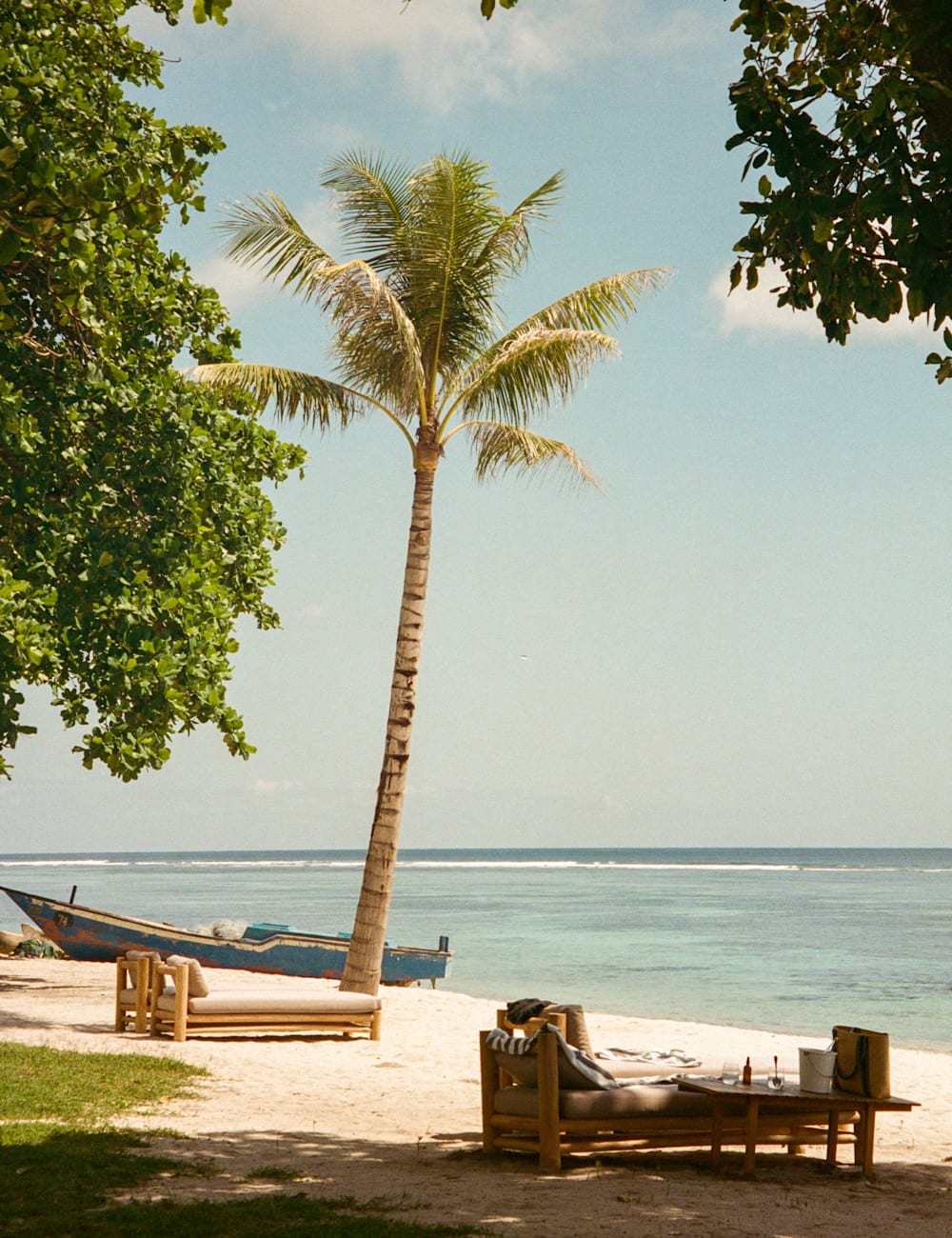
There isn’t much talking, exactly, given the language barrier, but I hang on every moment. It’s a privilege to be there. Back outside, I ask Tiger why they build the roofs so high. ‘It’s for the spirits’, he says. ‘The more money or status you have, the higher you build’. In some villages the houses reach 20 metres.
For the rest of the day, I say yes to everything. I try deep-fried banana cakes at a market, walk atop jagged coastal cliffs, and watch the sun go down from a favourite spot. Thanks to my enthusiasm we stay out far too long, and darkness is coming on fast.
Where we are, there are no street lights. There aren’t any sort of lights. We fly back on the bikes, racing the dusk. It gets so dark we resort to the torch on my phone, the bikes bumping all over the rutted tracks. Spotting the white light, villagers call out from hidden houses: ‘Nice to meet you! Hello, mister!’
We arrive cackling like schoolboys and covered in insects. As we say our goodbyes, I already know I’ve had one of those days that I’ll carry with me.
Later that night, I think of the stones, out there in the dark. In their thousands, maybe tens of thousands. Relics of a forgotten age, with whole generations entombed within.
Then I remember that little boy playing on one of them, bringing life to the whole scene. He’d hide his face, then steal a sheepish glance, with a flash of teeth and wrinkling of eyes. A smile goes a long way on Sumba.
Find out more about Cap Karoso or explore our complete collection of Sumba hotels
Hamish Roy is Mr & Mrs Smith’s senior associate editor and has also written for Cabana and The Gentleman’s Journal
All photography by Hannah Dace



